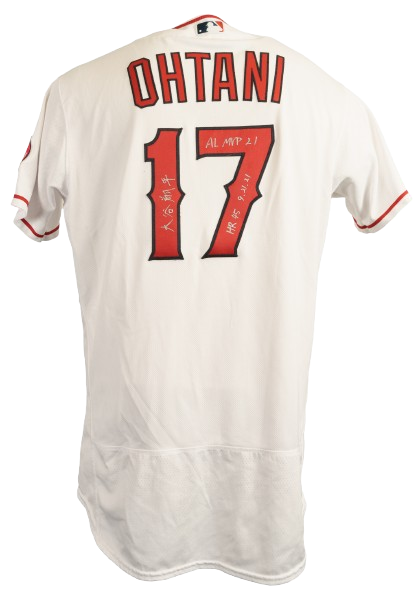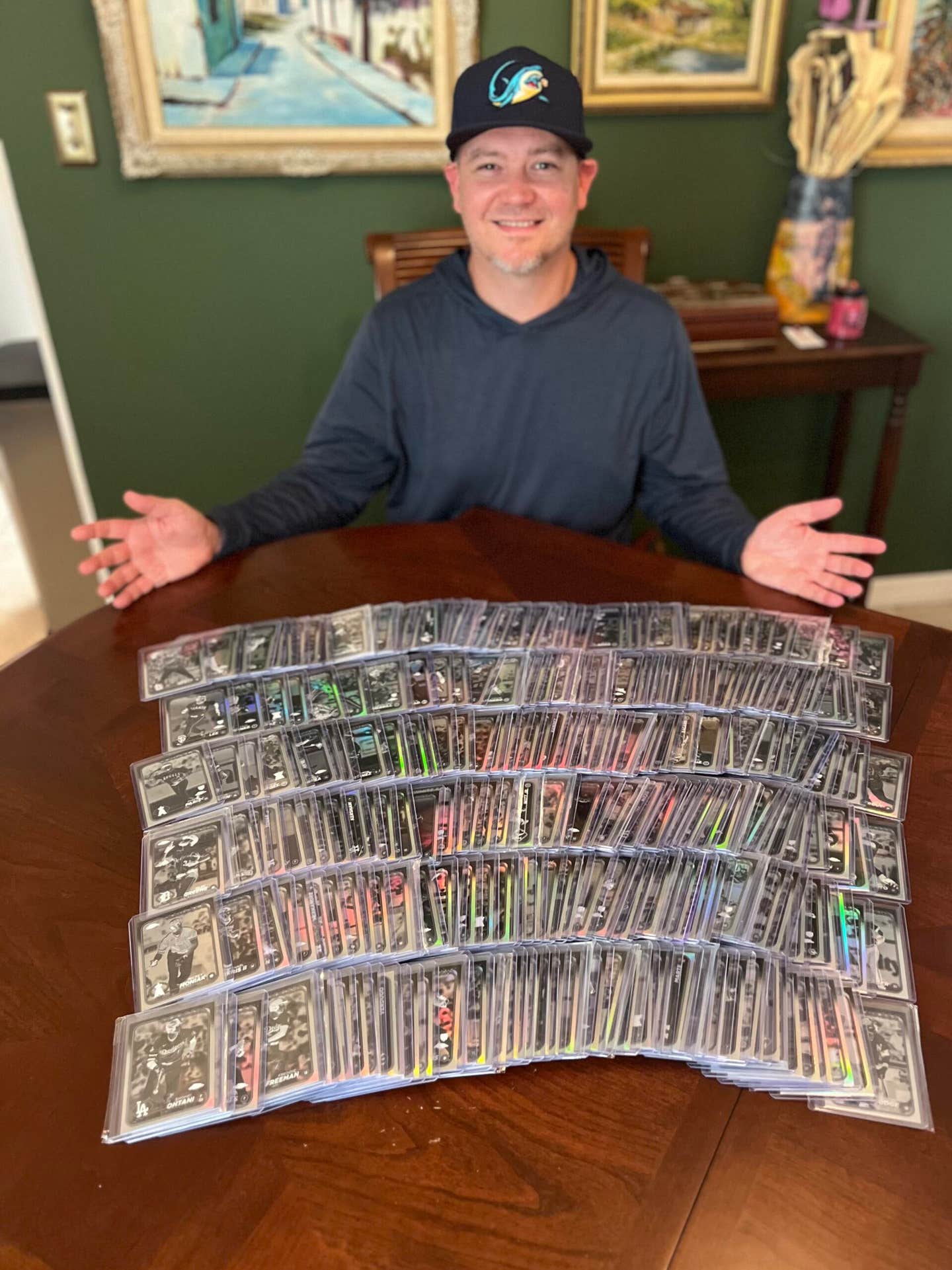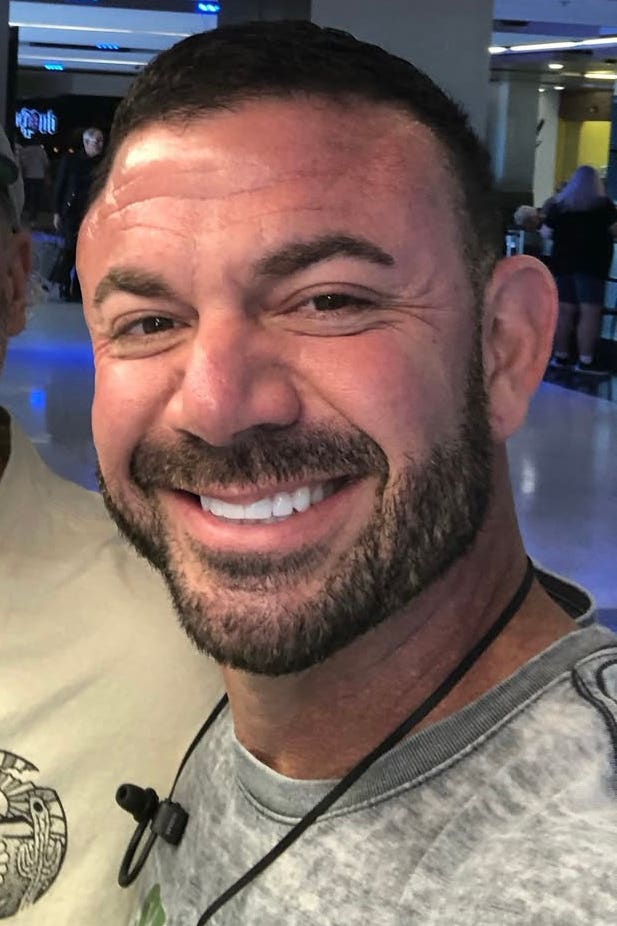Odd Collectibles
Offbeat Beat: ’67 Topps Baseball Sticker Test Issue
BY DOUG KOZTOSKI
“What’s up for the weekend?” or something close to it, is a common enough question in general conversation. But entering the last weekend of September 1967, however, what was “up” for several big league baseball players and fans focused on the four teams within a game and a half of each other in the standings vying for the American League pennant.
The quartet jockeying for the AL flag that early time of autumn ’67? The Boston Red Sox, Chicago White Sox, Detroit Tigers and Minnesota Twins. The Twins won the 1965 pennant and Detroit, behind Denny McLain’s 31 wins, did the same in 1968, but this time around it was Carl Yastrzemski leading the Bosox to the World Series as he finished off his Triple Crown year over the last two games going 7-for-8 with a homer and six RBIs.
Yaz was in such a groove that season in general, and that September in particular, some in Boston thought he should run for mayor. Imagine that. The Red Sox, who had not done much in the 1960s up to that point, became baseball’s darling with their turnaround, and their ’67 season became known as “The Impossible Dream.” The franchise’s only real letdowns that year, and they were significant, came with the traumatic beaning of slugger Tony Conigliaro in August, which ended his season, and a Game Seven loss to the St. Louis Cardinals in the World Series.
While the season gyrated on the field, Topps presented baseball collectors with a set that many rank as the best of its kind in the decade, a 609-card pasteboard powerhouse. Complete with an eye-catching look and cards of Mickey Mantle, Willie Mays, Hank Aaron, Roberto Clemente, three of the then recently-retired Sandy Koufax (on league leader cards), the ’67 issue also included two future Hall of Famers on rookie cardboard (Rod Carew, Tom Seaver) in the somewhat hard-to-find high numbered last series.
As collectors in ’67 bought and traded cards, likely put a few in their bicycle spokes for that motorcycle-esque sound and sometimes flipped them in contests with friends to try and win others, Topps also experimented once again with some test sets, two coming in the form of stickers featuring players from Boston and the Pittsburgh Pirates, with 33 pieces each.
About 20 years ago, Eric Sanders worked on the regular ’67 set, celebrating his birth year, completed it and then he focused on the Red Sox stickers. The issue was a natural fit since Sanders grew up about 10 miles north of Boston. “I loved the challenge of finding the stickers raw and submitting them for grading,” said Sanders, who owns one of the top ranked collections of them on the PSA Set Registry.
Among Sanders’ favorites in the Bosox test issue: Yaz, George Scott, “Tony Conigliaro is my Hero,” and Dennis Bennett. The last one on that list is the first in the set and the collector said locating centered samples is a chore.
The hobbyist also noted that “one card that is really tough (to find) in both 1967 sets (base and sticker) is Don Demeter,” since he came in the (regular issue) high-numbered 7th series.
Sanders said one has to be a stickler when holding out for sharp corners with the stickers. “They are even more sensitive because it isn’t traditional paper stock,” he said.
Lou Mercuri owns a solid ’67 Red Sox sticker collection that ranks among the finest on the PSA Set Registry, as well. Mercuri describes the set as “nothing too dramatic” in terms of its design, but it “kind of strikes you, though.”
Among his favorites: each pair from Yaz and Conigliaro. “The Yaz for Mayor sticker tends to be a tough one, as it’s found off-center a lot.”
When it comes to the most persnickety stickers to track down on average, especially in higher grade, in his experience, Mercuri listed Bennett, George Smith and any of “the distinctive ones, Yaz for Mayor, Let’s Go Red Sox … (#27-#33).”
Mercuri has submitted cards to PSA for grading for several years. A while ago he sent in some extra sharp items, including a few 1967 Topps Red Sox stickers. What came back really stuck with him. “I got a PSA 10 of the Dave Morehead sticker and a PSA 10 of Mike Ryan sticker, in the same submission, and I had never received a PSA 10 in over 10 years of submitting cards to PSA.”
On the fringe
Mercuri said the stickers overall have more “of a cult following, probably more regionalized than anything” in terms of interest, whether it be from a Boston or Pittsburgh perspective. “I don’t really look for them, but I rarely see the Pirates stickers,” he added. “Overall, I don’t think people went after these too much.”
The Pirates test stickers follow the same approach as their Red Sox counterparts, a roster of players and then the “distinctive” slots to round out the offering, but present much more of a challenge.
Looking at the PSA Population Report on the two sets, the Red Sox have some 2,000 encapsulated samples, while Pittsburgh examples are just under half that amount.
On average, the most sought after of these stickers in either set comes via the Pirates as legendary outfielder Roberto Clemente, the 1966 National League MVP, appears twice, regular and “For Mayor.” Fellow Hall of Famers Willie Stargell (two times) and Bill Mazeroski also make this “test” team.
The Pirates stickers that appear the least on the PSA “census,” defined here as less than 20 times, are Dennis Ribant (11), Woody Fryman and Billy O’Dell, 15 times each.
Sticking around
While the graded ’67 sticker population numbers from both sets will likely continue to creep up for years to come, neither Mercuri nor Sanders sees the general appeal of the Topps baseball stickers changing much, if any, a decade from now, with future hardcore collectors of vintage oddball issues taking the place of current ones.
Mercuri, meanwhile, did offer up some timeless advice for any of the test issue’s collectors. “Always be cautious in buying them. Make sure they have their original backing paper. Always, always, always check the back (comprised of two pieces). The front may look amazing, but someone might have tried to take the back (paper) off and then changed their mind. It could be out of place, or there might not even be a back. Make sure you are getting what you think you’re getting.”
That’s a strong strategy to adhere to, even on weekends.
Doug Koztoski is a frequent SCD contributor. He can be reached at dkoz3000@gmail.com








